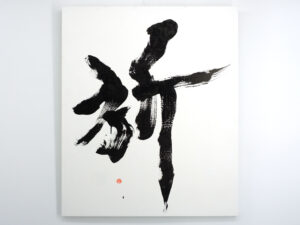Image of the work
You can enlarge the photo by tapping on it.

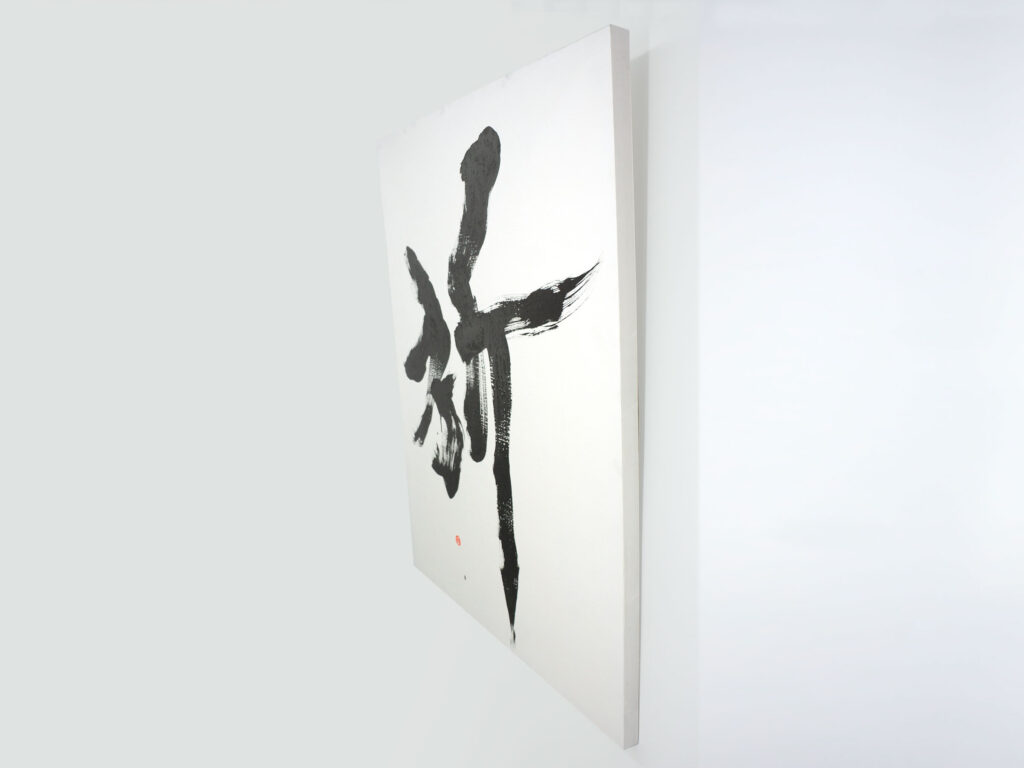
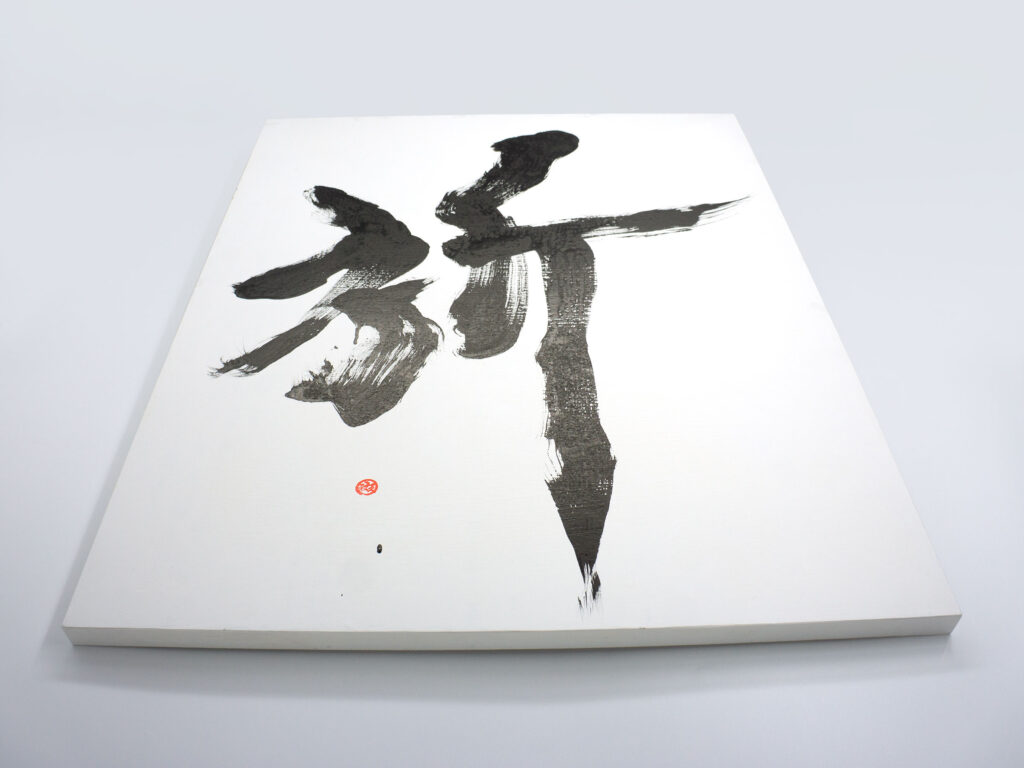
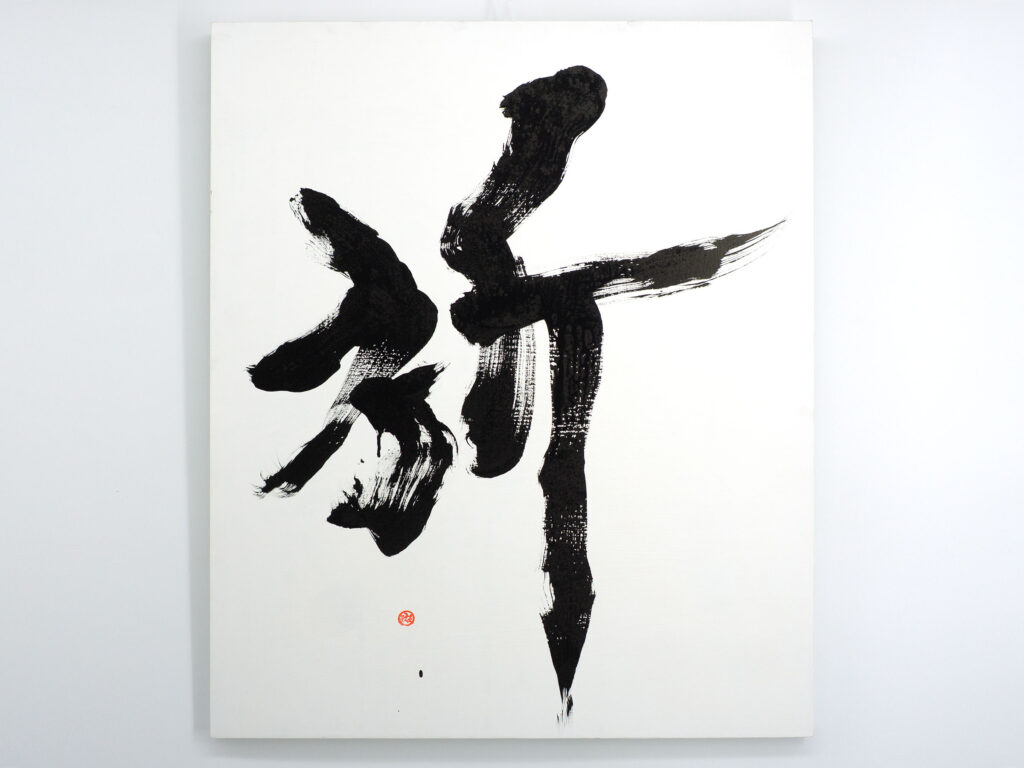

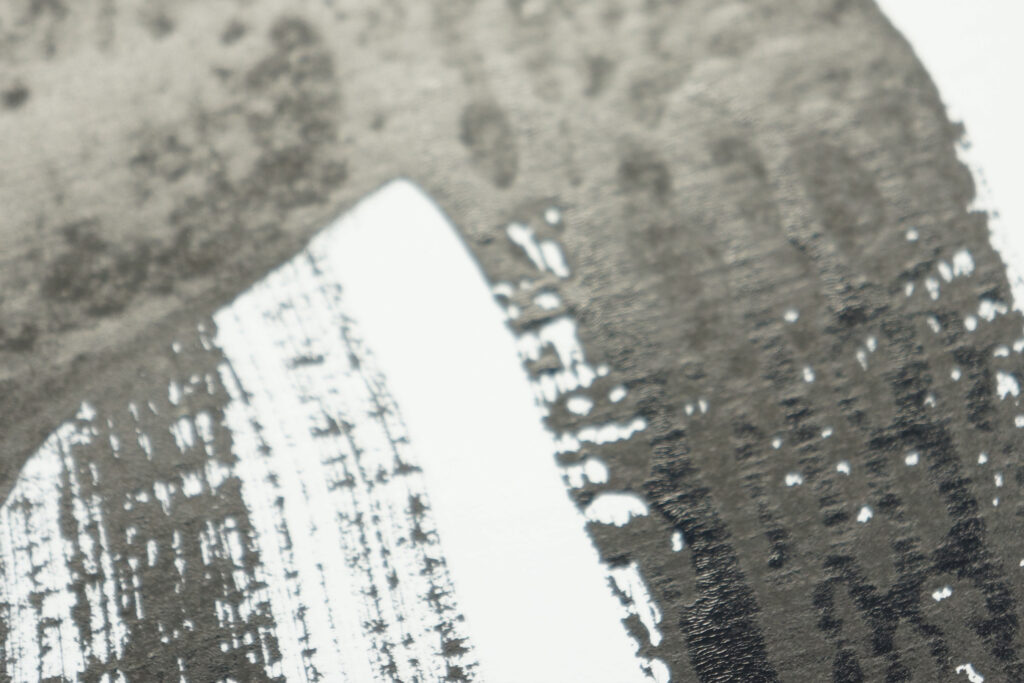
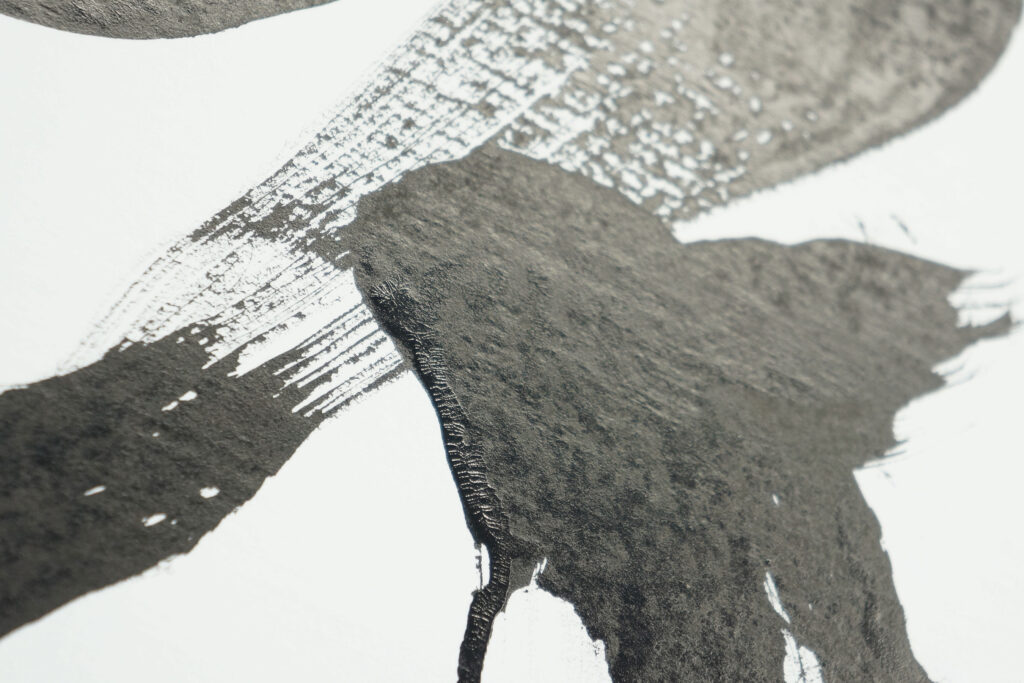

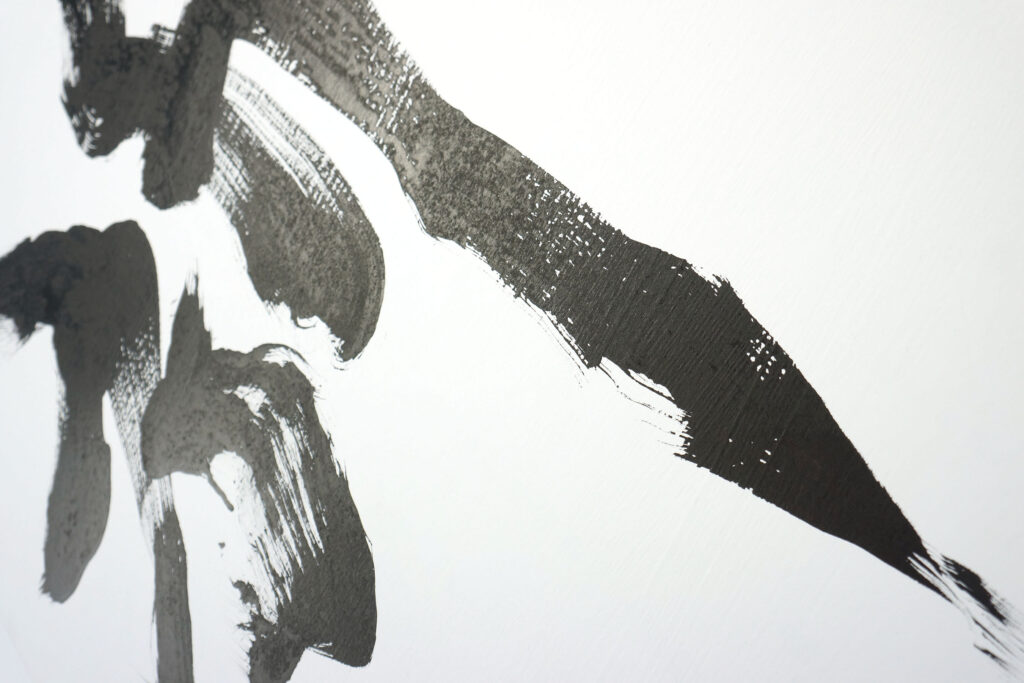
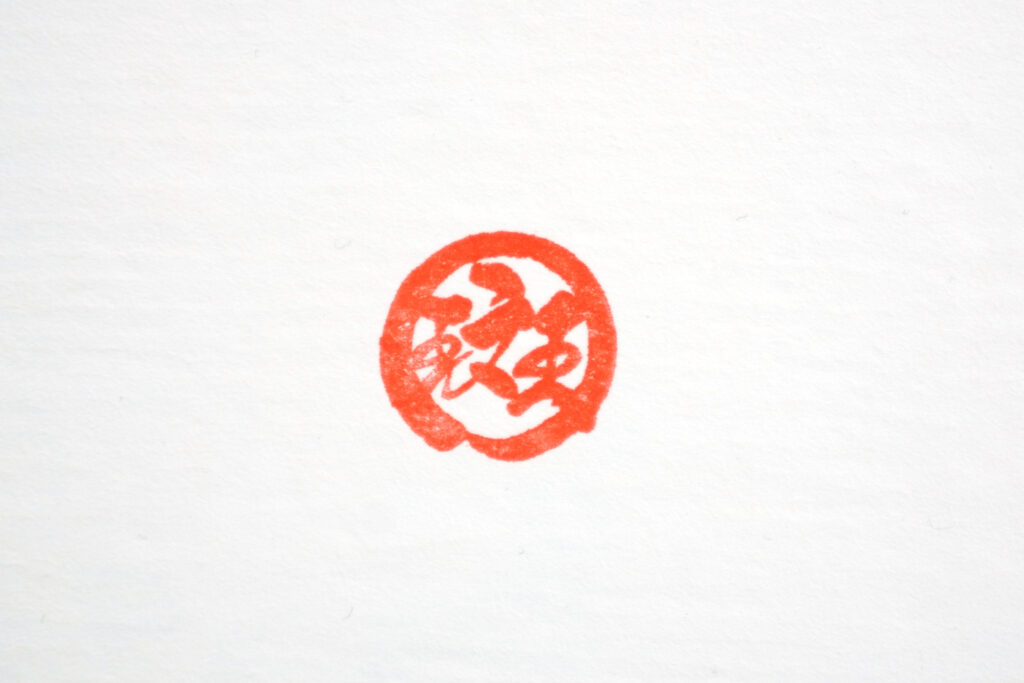
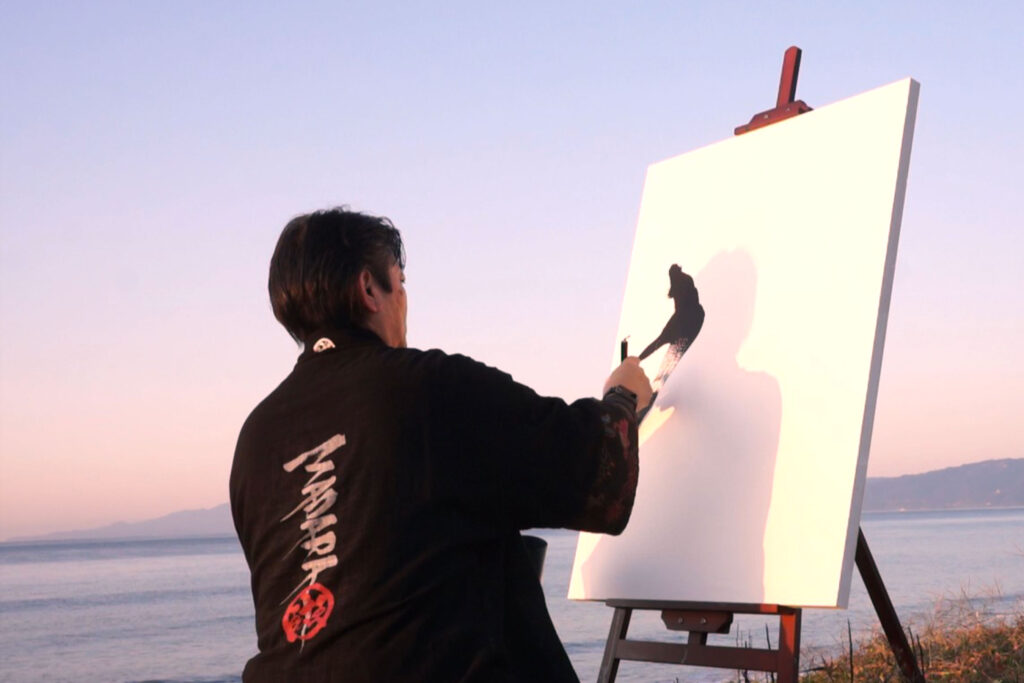
Work site
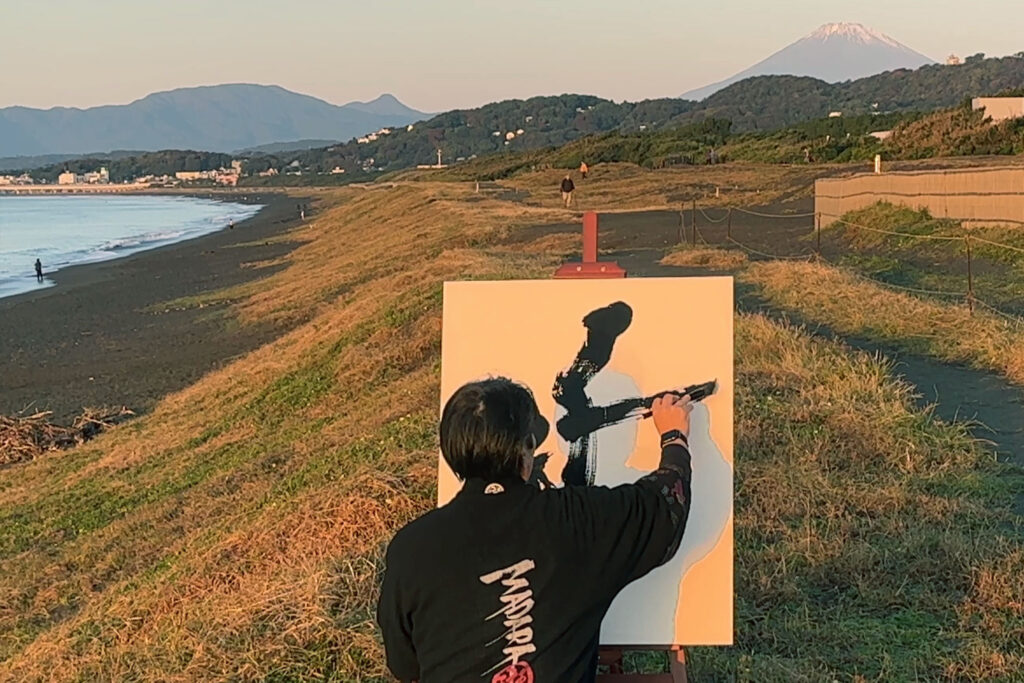
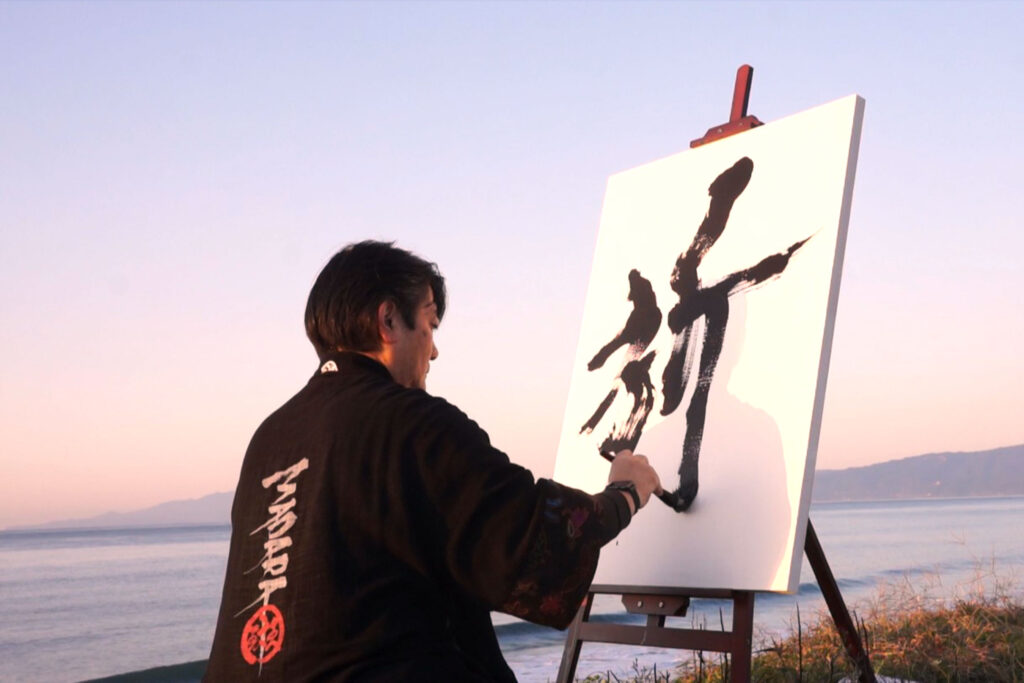


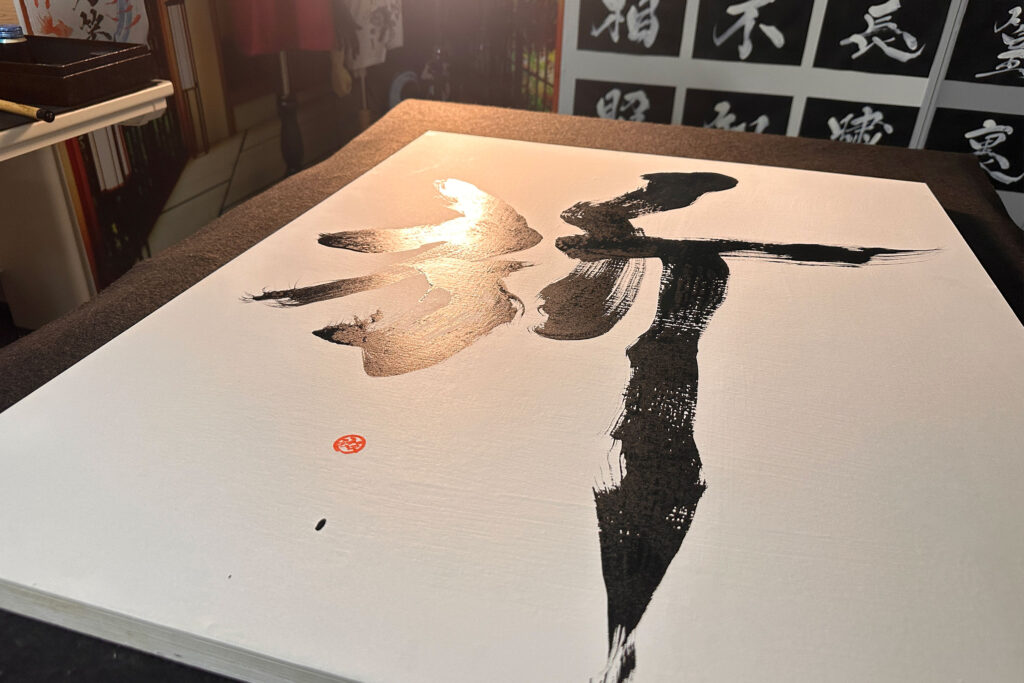

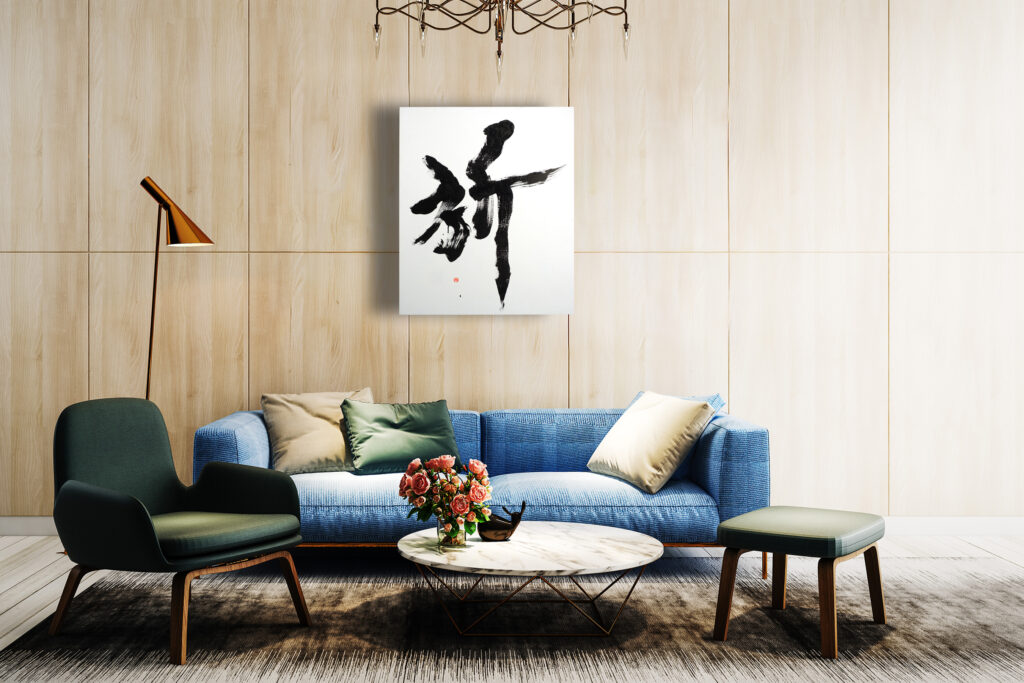
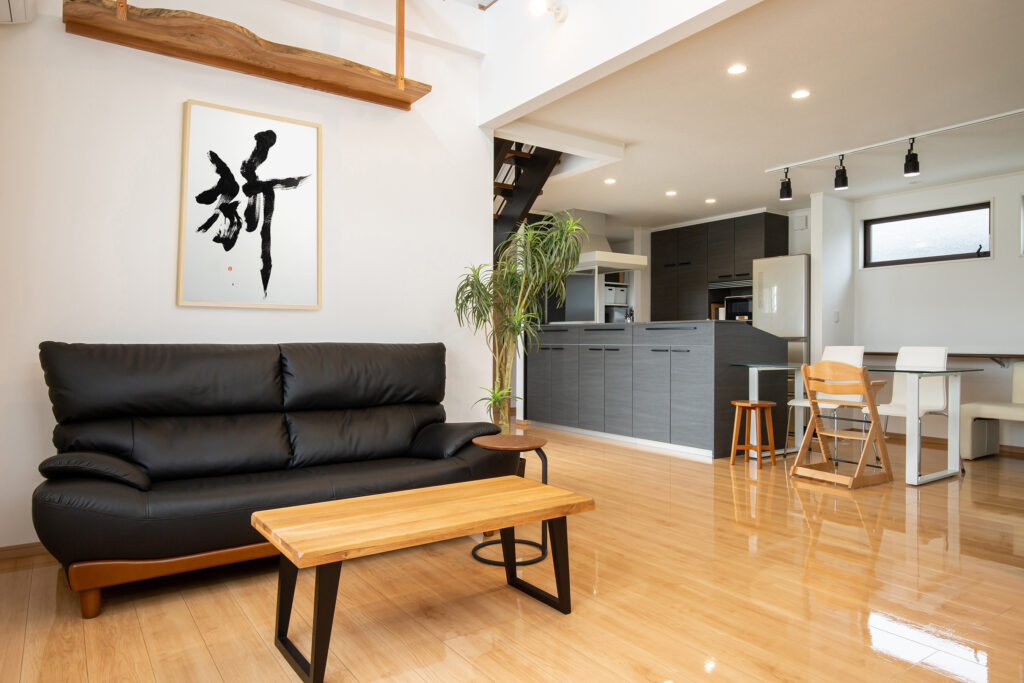
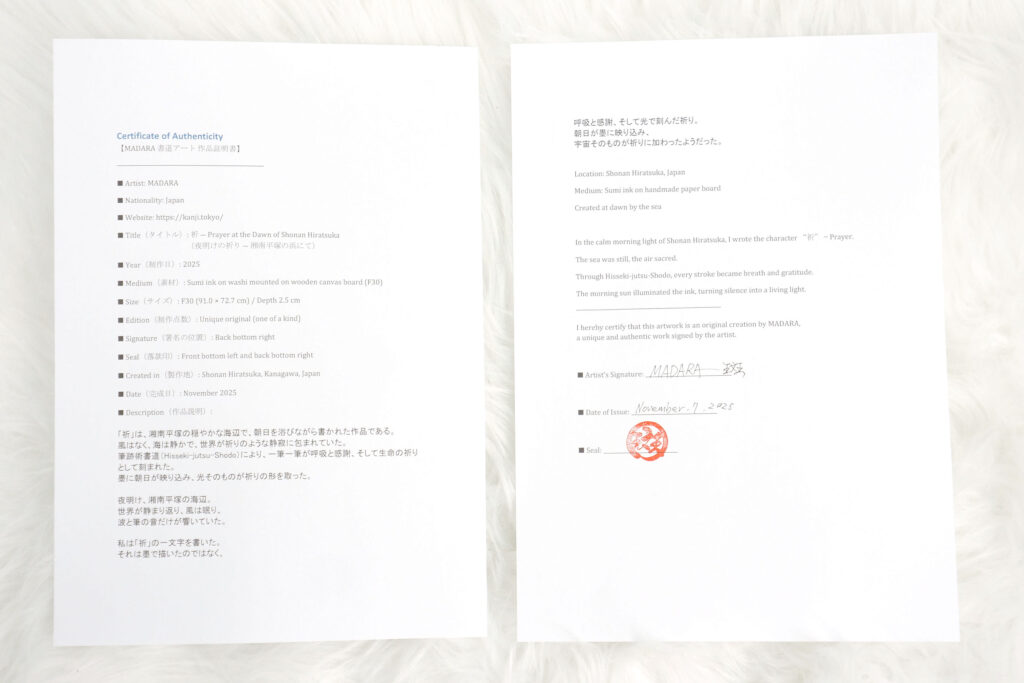
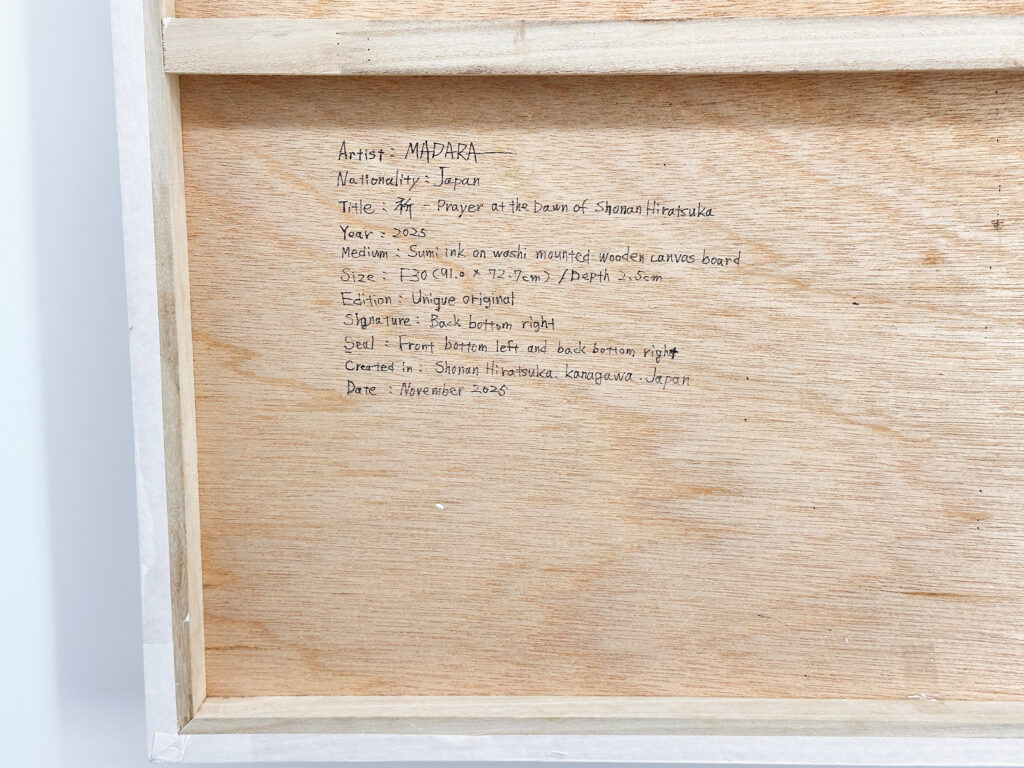
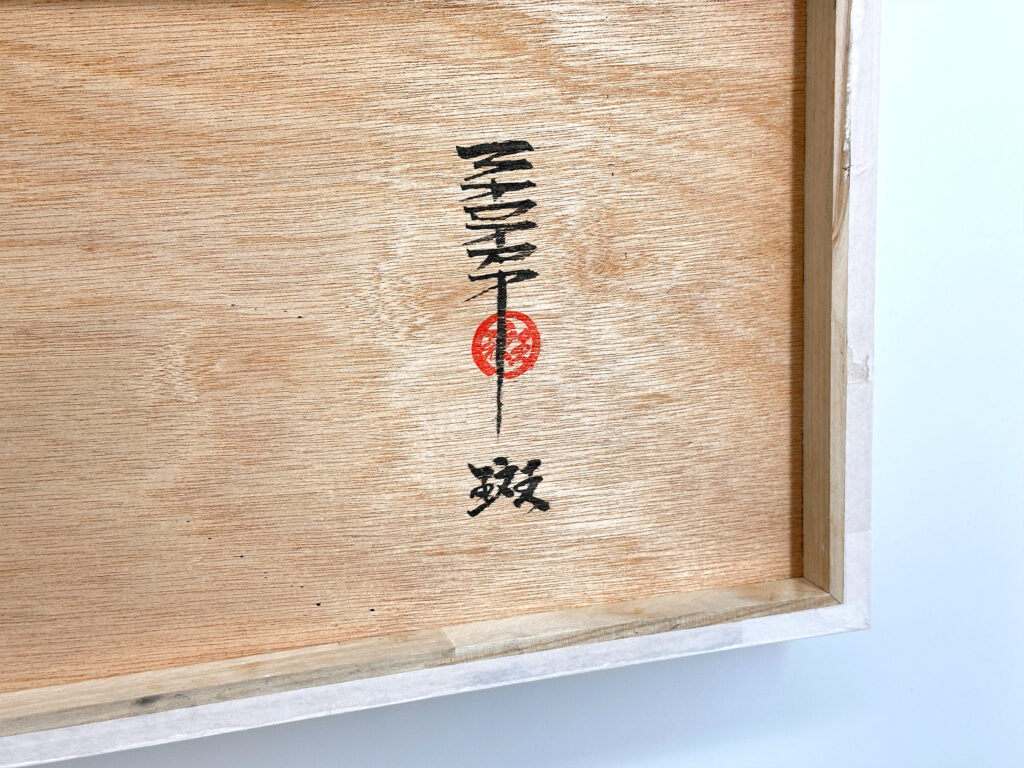
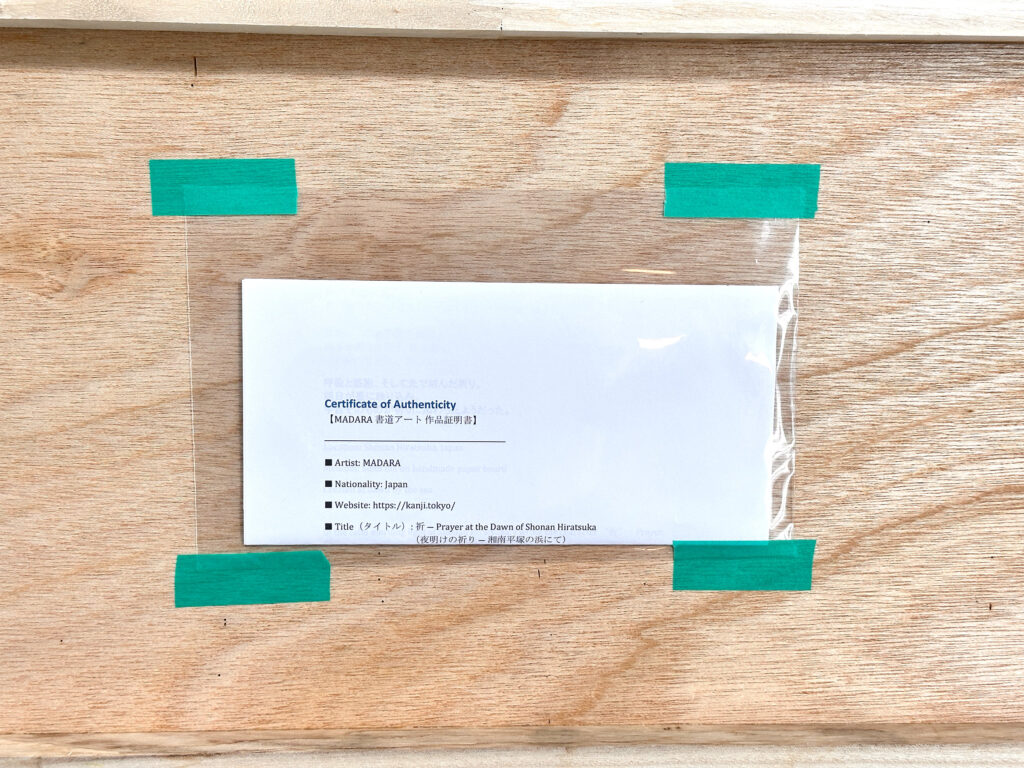
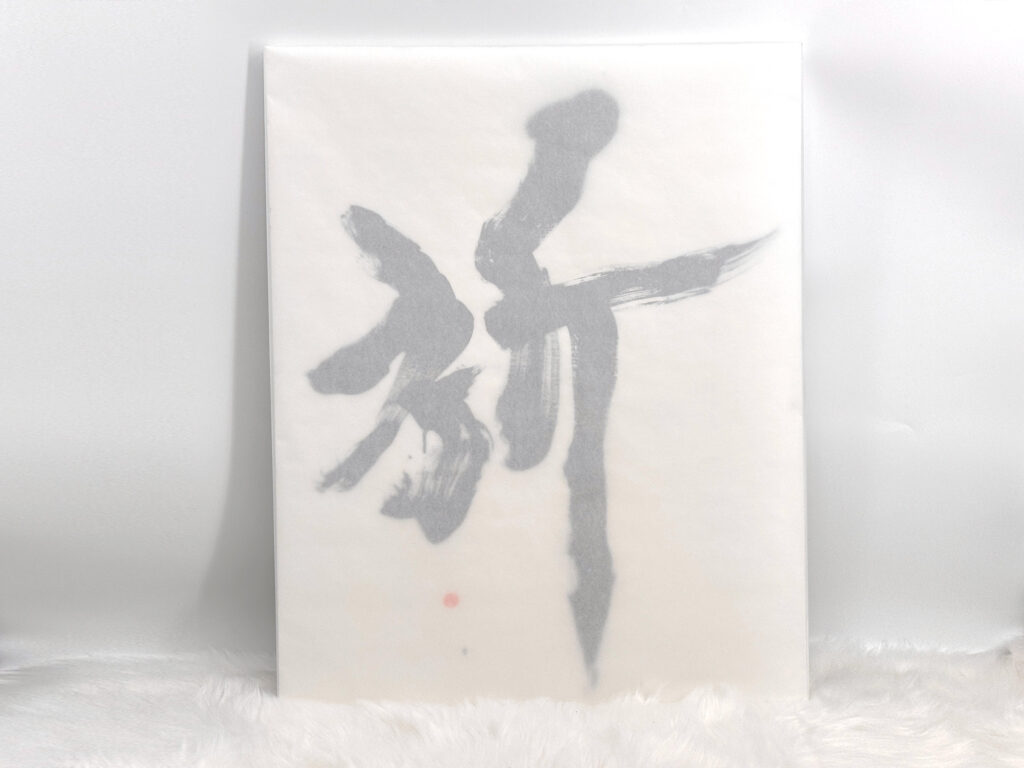
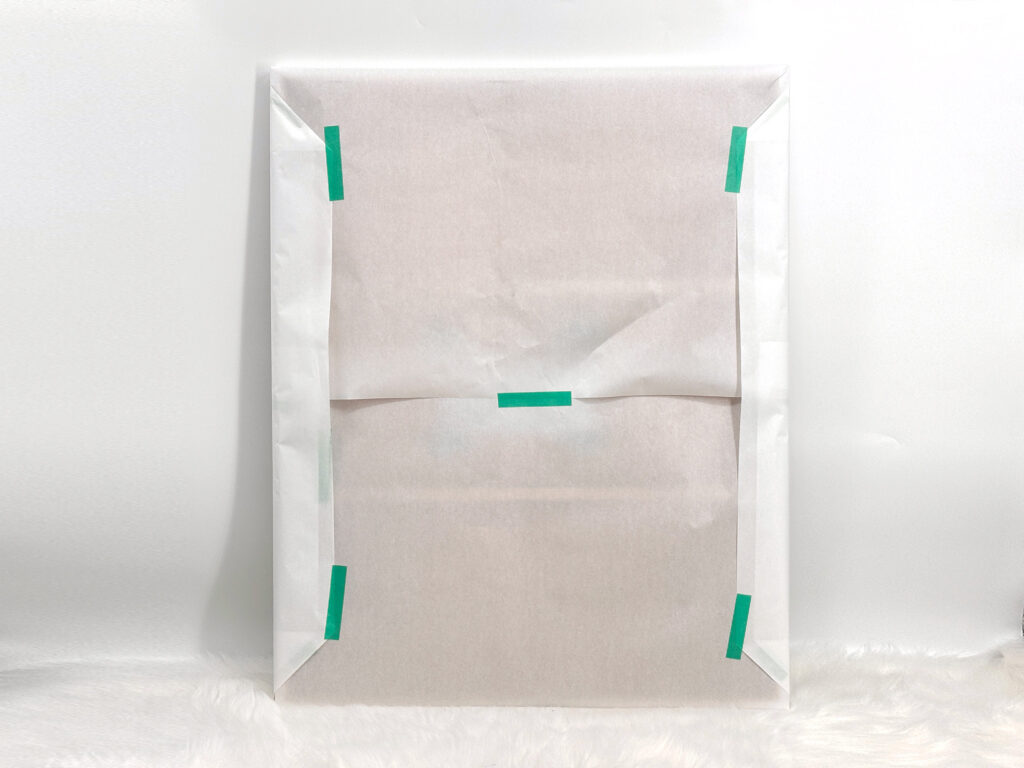
The worldview of the wor
Artist: MADARA
captures the moment where the silence of nature and the inner prayer of the human heart intersect.
What I sought to express in this single character is not a wish or plea,
but a “living prayer” that arises naturally from existence itself.
Before dawn, the cold air slowly began to take on light,
and while the world was still asleep,
the sea shimmered softly, preparing to welcome the morning glow.
There was no wind, and the waves were calm—
only the faint call of birds could be heard in the distance.
The moment I took up the brush, all sounds receded,
and I felt as though the sky, the sea, and my body shared the same breath.
The character “祈” is composed of two elements:
the radical on the left, “示 (shimesu-hen),” symbolizes connection with the heavens,
while the component on the right, “斤 (kin),” represents the human hand and the will to act.
Within this structure lies the image of humankind living between heaven and earth,
entrusting its hopes and offering its very existence.
In this work, I minimized the layering of strokes,
entrusting the natural rhythm of the ink to express harmony with the world.
Within blackness there is light, and within light there is stillness.
When the morning sun reflected upon the ink,
the wet surface of the washi glowed like gold—
and in that instant, the calligraphy was no longer merely a line,
but became a record of light itself.
“祈 – Inori” transcends religion and belief.
It represents the pure act of feeling, wishing, and giving thanks—
a quiet essence shared by all people, beyond words or form.
It is my hope that this work will awaken within those who see it
a remembrance of the silent prayer that lives in every heart.
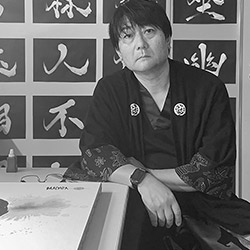
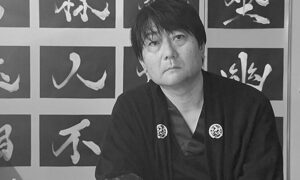
Behind the Scenes
On the day I created this work, I woke up at three in the morning, while the world was still wrapped in darkness.
After preparing my tools, I loaded them into the car and set out for the coast of Hiratsuka.
The air was cold, and tiny droplets had formed on the car window.
At the time of departure, Mount Fuji was hidden behind clouds,
and the entire sky appeared blurred in a dim shade of gray.
I thought, “Perhaps I won’t be able to see it today.”
Yet somewhere deep inside, I felt a quiet certainty—I must go.
When I arrived at the sea around 5:30 a.m., it was still dim,
but the horizon had begun to brighten little by little.
Looking westward, I could faintly see the outline of Mount Fuji through the haze.
A layer of clouds still lingered above it, and for a moment I wondered whether to postpone the shoot.
But as I continued setting up, the eastern sky began to turn a deep red-violet.
When the sun finally rose, the clouds vanished all at once,
and the air cleared until it felt almost transparent.
At that instant, all hesitation disappeared.
I fixed the washi-mounted canvas onto the sand and dipped my brush into the ink.
There was no wind, and the surface of the sea was as still as glass.
With the first stroke, the ink sank into the paper and seemed to take on light.
As the morning sun streamed in, the wet ink shimmered—
for a brief moment, the black turned into gold.
In that delicate flicker of light, my mind grew perfectly still.
After finishing the piece, I could still hear the gentle rhythm of the waves in the distance.
Even after turning off the camera, I found myself unable to leave.
The color of that sky and the sound of that sea remain vivid in my memory to this day.
“Inori” became the record of that hour—
a single character embodying the quietest moment I have ever felt within myself.
Kanji meaning
General Meaning
The character “祈 (inoru)” means to pray to the gods or the heavens, and also to seek happiness or peace.
In ancient Chinese oracle bone and bronze inscriptions, the radical “示 (shimesu-hen)” represented an altar or offerings made to the divine,
while “斤 (kin, the axe component)” symbolized a tool held in human hands — an act of offering imbued with strength and sincerity.
Thus, the meaning of “祈” extends far beyond simply making a request.
It expresses the act of dedicating oneself, with a true and honest heart, to something sacred or divine.
Structure of the Character
- Left radical (hen): “示”
→ Represents connection with the divine, the heavens, ritual, or prayer.
→ Used in many characters related to sacred acts or spiritual devotion, such as “神” (god), “礼” (ritual), and “社” (shrine). - Right component (tsukuri): “斤”
→ Depicts an axe or tool, symbolizing human action and the power to create or influence.
→ Represents the human will to transform prayer into a tangible act — to give form to devotion through one’s own hands.
When these two elements are combined,
the character “祈” embodies the structure of offering one’s heartfelt action, through human hands, to the heavens.
Spiritual and Artistic Meaning
“祈” is not a word directed outward as a plea or request;
it expresses a quiet feeling that arises from within — a form of gratitude, contemplation, and inner devotion.
Beyond religion or doctrine, prayer is the act of honoring life itself,
of wishing for harmony among people, nature, and the universe.
In the context of calligraphy, the very act of taking up the brush can be regarded as an act of prayer.
Within the character “祈,” every moment — the focus when the brush is raised,
the rhythm of breath that connects each stroke,
and the silence when the brush finally leaves the paper —
all of these become a reflection of the human form in prayer.
Work details
| item | Content |
|---|---|
| The basis of the work | Wood Campus |
| Material | wood, Japanese paper(Washi) |
| Size | F30 35.8in(910mm) × 28.6in(727mm)×0.98in(25mm) |
| Materials used | Sumi-ink |
| Finishing the work | The wooden canvas is primed with gesso, calligraphy paper (washi paper) is pasted on top, and the painting is finished with ink. |
| Regarding domestic and international shipping | ・International shipping available: Ships via FedEx if no designated shipping company is specified. ・Domestic shipping in Japan: Ships via Yamato Transport if no designated shipping company is specified. |
| Packaging at time of shipment | We can also accommodate requests for packaging such as simple packaging and heavy-duty packaging, so please contact us for details. |
| Shipping | Decisions will be made in consultation with the buyer, such as using transportation suitable for art works and taking out insurance. |
| Compensation for works | The artwork will be delivered in the same condition as when it was sold. If you would like to purchase art insurance, we are happy to discuss this. |
| Payment Method | The payment amount is the artwork price plus shipping. Payment can be made by credit card. |
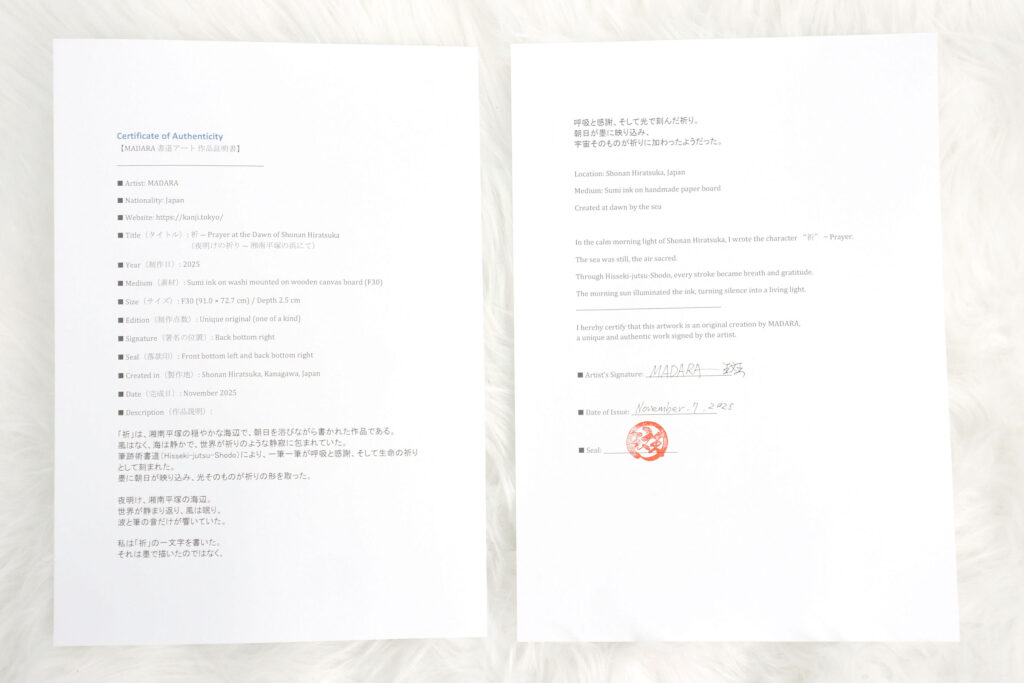
A certificate of authenticity is included.


